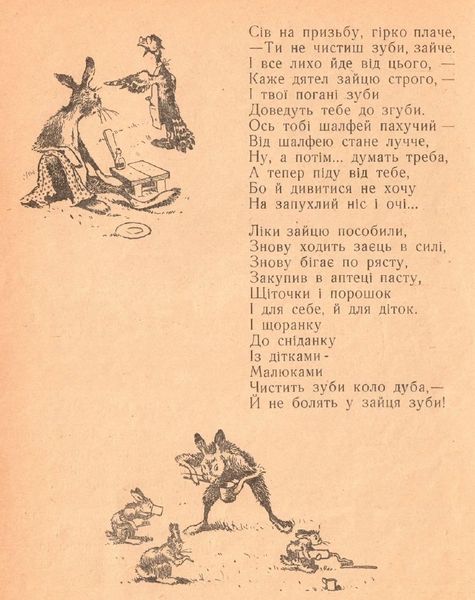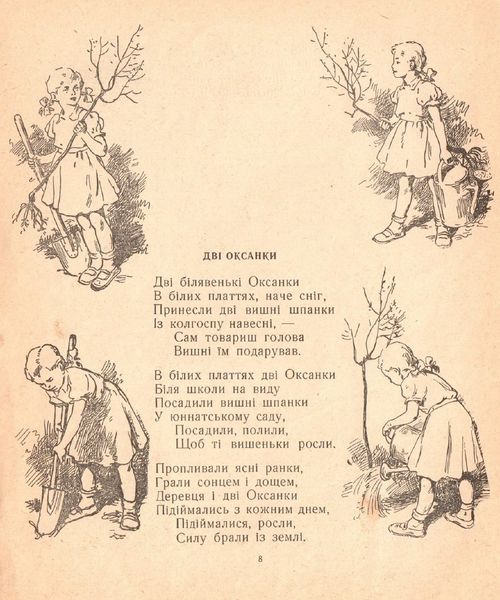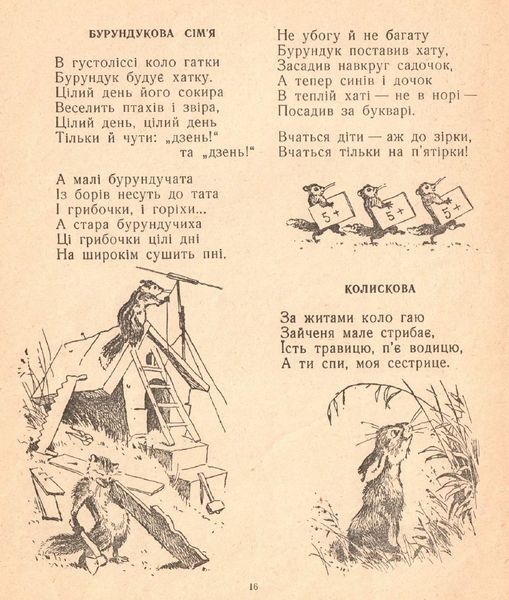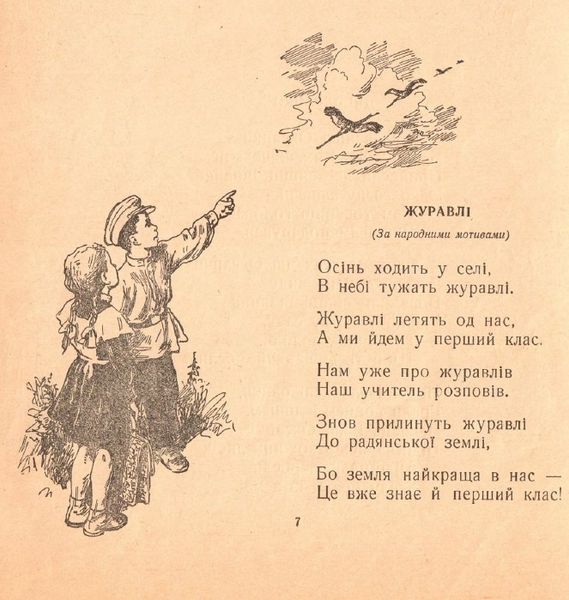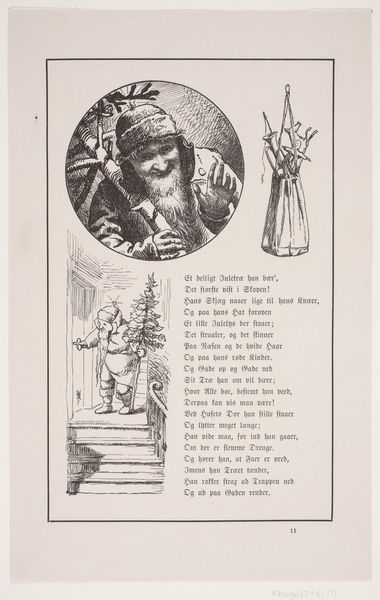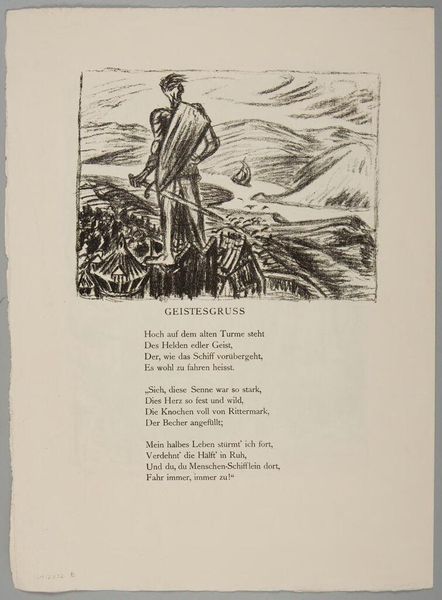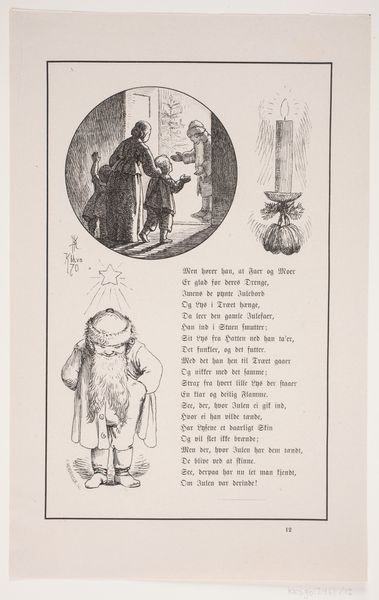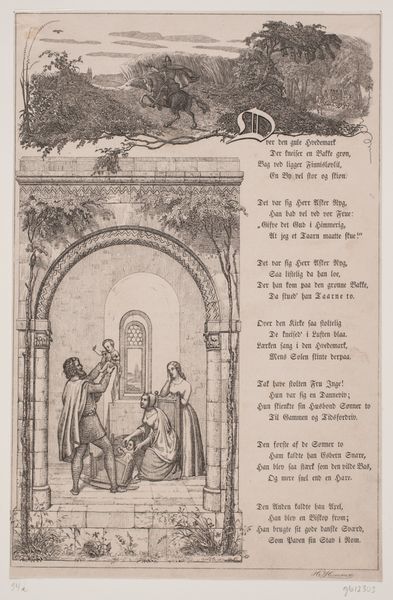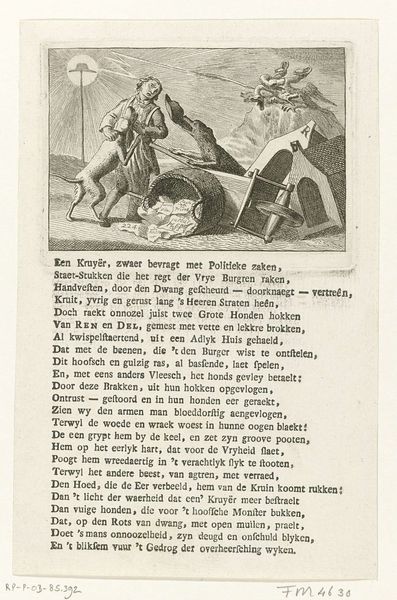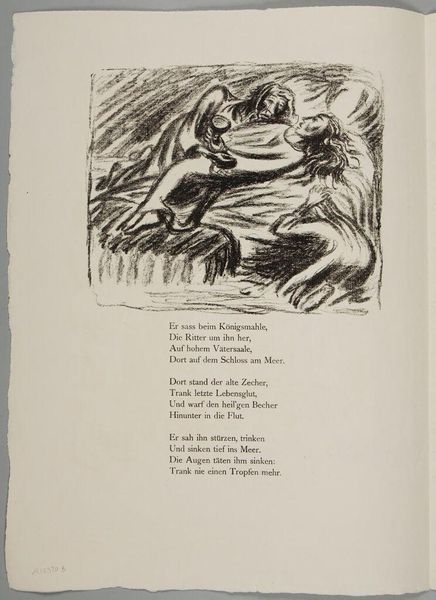
Illustrations for Mikhail Stelmakh's book "In the Hedgehog's Windmill" 1956
0:00
0:00
drawing, paper, ink
#
drawing
#
soviet-nonconformist-art
#
paper
#
social-realism
#
ink
#
child
#
genre-painting
Copyright: Hryhorii Havrylenko,Fair Use
Curator: Just look at the sheer humanness radiating from this drawing. This is part of Hryhorii Havrylenko’s illustrations for Mikhail Stelmakh’s book "In the Hedgehog’s Windmill" created in 1956. It's ink on paper, that's all, yet it pulses with life. Editor: I agree. It hits you right away. There’s a wistful air, even in the face of collective labor. It's interesting how he’s managed to suggest both hardship and community with such simple lines. Curator: Absolutely. For me, it's about capturing a very specific moment—a child confronted with the realities of agricultural labor, the figures of the working women looming large. You have to remember this comes out of an era defined by social realism, even if a bit of Soviet Nonconformism managed to seep through, the pathos here is palpable. Look at that kid! Editor: And the figures of the women… They're archetypal. These women harvesting – raking, binding – represent the harvest not just materially but spiritually. These images tap into ancient earth mother symbolism - images of growth, labor, fertility that have resonated across cultures and throughout centuries. There is cultural weight being carried by their image here. Curator: Yet the artist, with a touch, conveys also a world where collective effort might just flatten individuality. He contrasts the shared effort, the smiling faces, with the boy’s feeling of being an outcast… a really powerful visual tension that you find throughout this series. Editor: Definitely. The text, what we can glimpse of it, hints at a tension between the boy's reluctance and the community's expectations. I see echoes of ancient agricultural myths: the unprepared boy versus the cycle of labor. His sadness is a direct challenge to the social order the art pretends to praise. Curator: Which makes me wonder about the artist's own unspoken commentary… I feel a strange resonance here with Bruegel's peasant scenes. We could be just looking at farmers and laborers... but might we also be glimpsing something more? I read into those "Soviet Nonconformist Art" hints… Perhaps there's quiet defiance simmering beneath the surface. Editor: Or maybe just… maybe the boy eventually pitches in and feels okay. Either way, art invites interpretations… that tension is precisely where memory and identity meet in symbolic form. It is more about the eternal themes it manages to channel through that specific snapshot. Curator: It sure does! So much evoked in such a simple composition! I think I need to revisit Havrylenko… with fresh eyes and an open heart. Editor: Same. Seeing it through that lens unlocks more and more with each pass, doesn’t it? It starts conversations within oneself and outward toward others. What more can we ask of it than that?
Comments
No comments
Be the first to comment and join the conversation on the ultimate creative platform.
